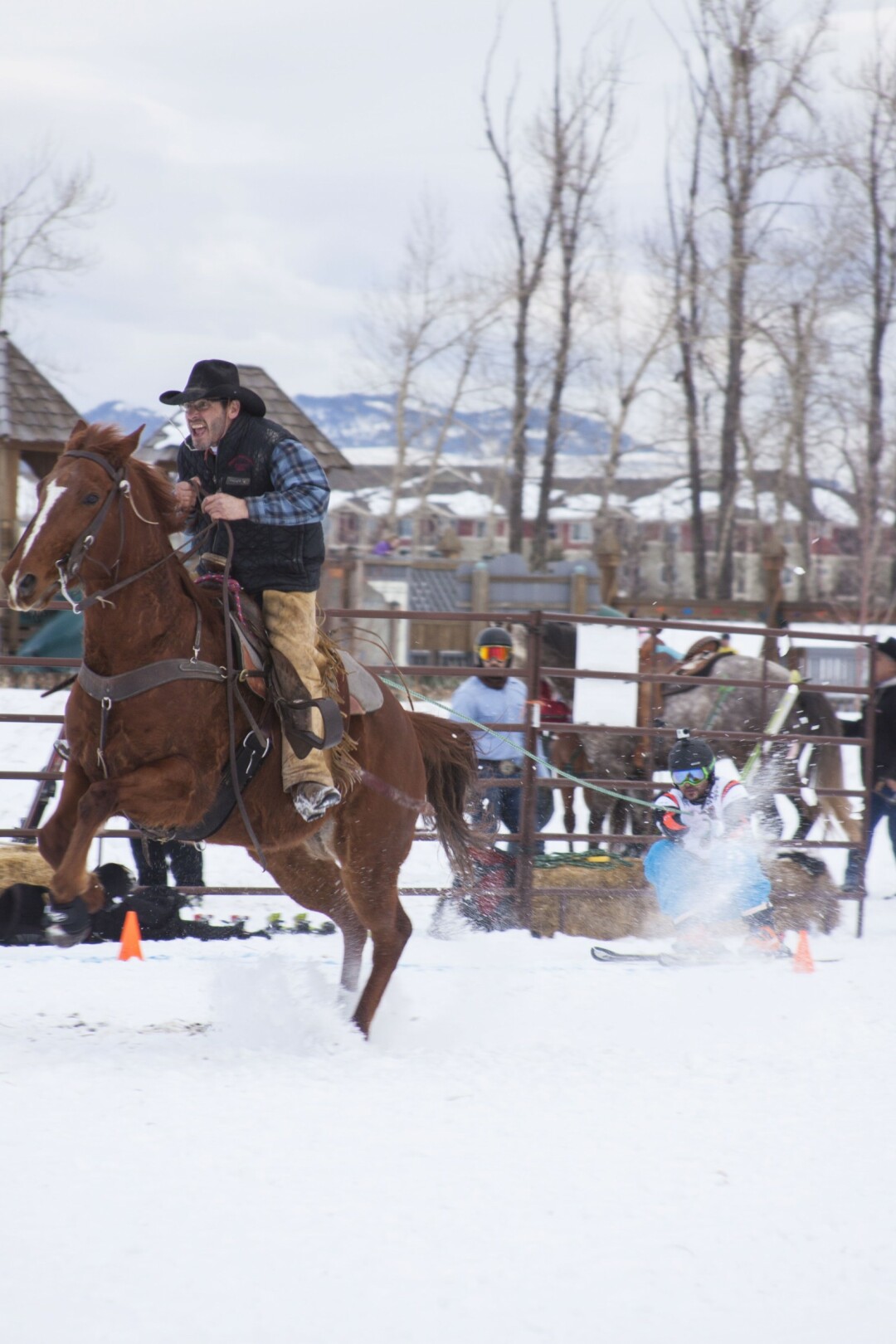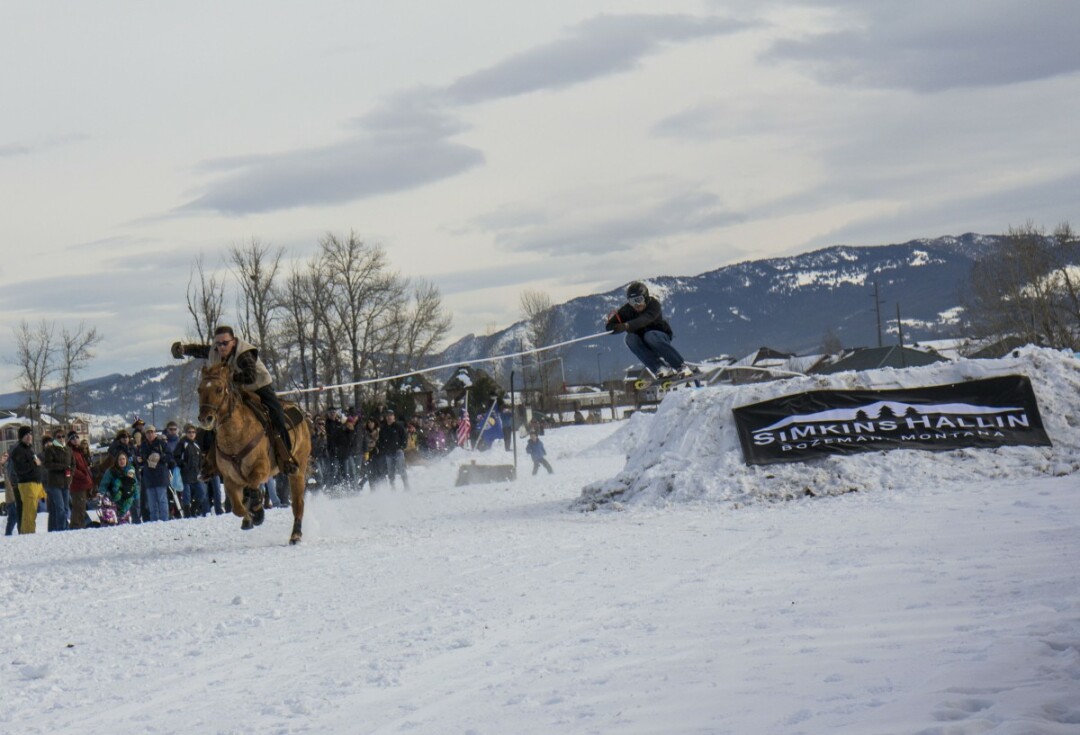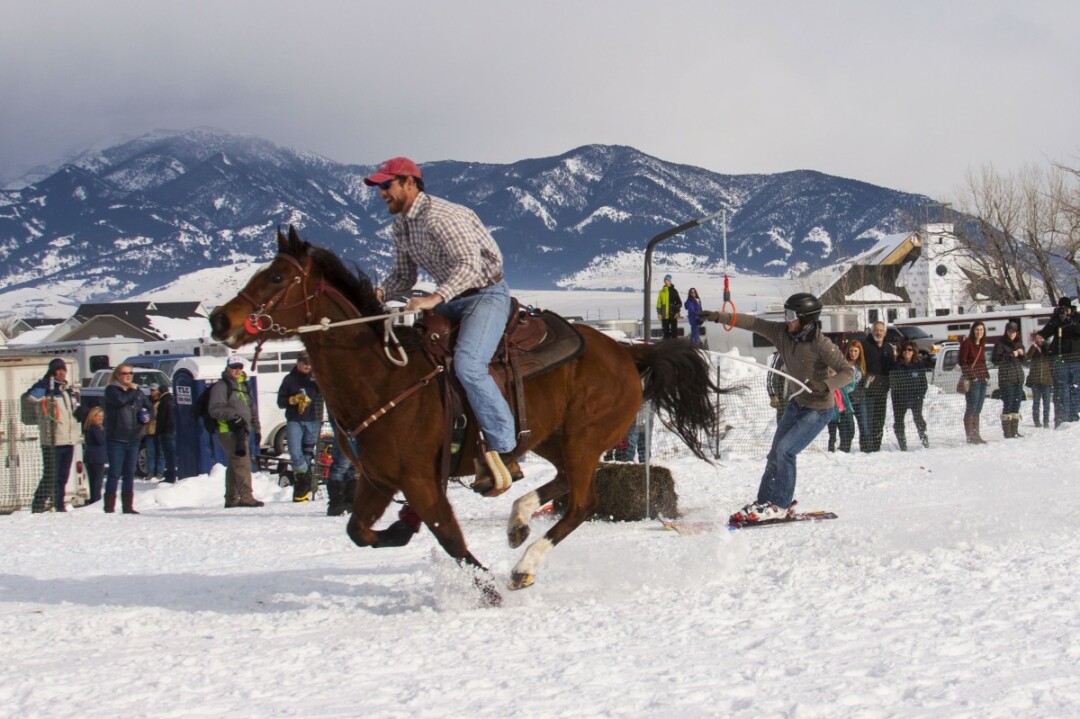For the first time, scientists have observed ripples in the fabric of spacetime called gravitational waves, arriving at the Earth from a cataclysmic event in the distant universe. This confirms a major prediction of Albert Einstein's 1915 general theory of relativity and opens an unprecedented new window onto the cosmos.

Neil Cornish, Montana State University professor and member of the LIGO gravitational wave detector team.
Gravitational waves carry information about their dramatic origins and about the nature of gravity that cannot otherwise be obtained. Physicists have concluded that the detected gravitational waves were produced during the final fraction of a second of the merger of two black holes to produce a single, more massive spinning black hole. This collision of two black holes had been predicted but never observed.
The gravitational waves were detected on Sept. 14, 2015, at 5:51 a.m. Eastern Daylight Time (9:51 UTC) by both of the twin Laser Interferometer Gravitational-wave Observatory, LIGO, detectors, located in Livingston, La., and Hanford, Wash. The LIGO Observatories are funded by the National Science Foundation and were conceived, built and are operated by Caltech and MIT. The discovery, accepted for publication in the journal Physical Review Letters, was made by the LIGO Scientific Collaboration, which includes the GEO Collaboration and the Australian Consortium for Interferometric Gravitational Astronomy, and the Virgo Collaboration using data from the two LIGO detectors.
Montana State University has been a member institution of the LIGO Scientific Collaboration since 2007. Physics professor and MSU eXtreme Gravity Institute, XGI, co-director Neil Cornish leads the MSU LIGO group. Cornish, together with his current and past graduate students Margaret Millhouse, Tyson Littenberg, Paul Baker and Joey Shapiro Key, developed a novel method for extracting gravitational wave signals directly from the LIGO data. This analysis helped confirm the nature of the signal, and the consistency of the signal with the predictions of Einstein's theory of gravity. Results from the MSU team's analysis are displayed in the first figure of the discovery paper.
"The detection of gravitational waves by LIGO is a tremendous achievement capping decades of work by a large number of people," said Cornish, "but this is just the beginning. I'm even more excited about the discoveries we are going to make going forward, both with LIGO and other gravitational wave detectors." The eXtreme Gravity Institute at MSU is involved in two other gravitational wave projects: the North American NanoHertz Gravitational Observatory; and the Laser Interferometer Space Antenna - a future space mission led by the European Space Agency with possible NASA involvement.
"The XGI at Montana State University was launched just a year ago, at a historic time. The institute captures the enthusiasm of MSU and Montana for exploring great unknowns of extreme gravity,” said Renee Reijo Pera, vice president for research and economic development at MSU.
The discovery also has an unexpected Montana connection - the event horizon of the black hole that formed from the merger shares the same surface area as the state of Montana. But that is where the similarities end: the black hole rotates 100 times per second, and has a mass 62 times larger than the Sun. The power output of the merger briefly exceeded that of all the stars in the Universe. The total energy release was a billion billion billion times greater than the last eruption of the Yellowstone Supervolcano, or a million billion times the energy required to completely blow the Earth apart.
LIGO research is carried out by the LIGO Scientific Collaboration, LSC, a group of more than 1,000 scientists from universities around the United States and in 14 other countries. More than 90 universities and research institutes in the LSC develop detector technology and analyze data; approximately 250 students are strong contributing members of the collaboration. The LSC detector network includes the LIGO interferometers and the GEO600 detector. The GEO team includes scientists at the Max Planck Institute for Gravitational Physics (Albert Einstein Institute, AEI), Leibniz Universität Hannover, along with partners at the University of Glasgow, Cardiff University, the University of Birmingham, other universities in the United Kingdom and the University of the Balearic Islands in Spain.
LIGO was originally proposed as a means of detecting these gravitational waves in the 1980s by Rainer Weiss, professor of physics, emeritus, from MIT; Kip Thorne, Caltech's Richard P. Feynman Professor of Theoretical Physics, emeritus; and Ronald Drever, professor of physics, emeritus, also from Caltech.
Virgo research is carried out by the Virgo Collaboration, consisting of more than 250 physicists and engineers belonging to 19 different European research groups: six from Centre National de la Recherche Scientifique, CNRS, in France; eight from the Istituto Nazionale di Fisica Nucleare, INFN, in Italy; two in the Netherlands with Nikhef; the Wigner RCP in Hungary; the POLGRAW group in Poland and the European Gravitational Observatory, EGO, the laboratory hosting the Virgo detector near Pisa in Italy.
The discovery was made possible by the enhanced capabilities of Advanced LIGO, a major upgrade that increases the sensitivity of the instruments compared to the first generation LIGO detectors, enabling a large increase in the volume of the universe probed and the discovery of gravitational waves during its first observation run. The U.S. National Science Foundation leads in financial support for Advanced LIGO. Funding organizations in Germany (Max Planck Society), the U.K. Science and Technology Facilities Council, STFC, and Australian Research Council also have made significant commitments to the project.
Several of the key technologies that made Advanced LIGO so much more sensitive have been developed and tested by the German UK GEO collaboration. Significant computer resources have been contributed by the AEI Hannover Atlas Cluster, the LIGO Laboratory, Syracuse University and the University of Wisconsin-Milwaukee. Several universities designed, built and tested key components for Advanced LIGO: The Australian National University, the University of Adelaide, the University of Florida, Stanford University, Columbia University in the City of New York and Louisiana State University.














News Comments
Thank you
Open Auditions for Annie
Monday, Sep. 16, 2024
I’m at the Bozeman airport where your painting, “Blowing East” is displayed. It’s absolutely gorgeous! Bravo, Marci!!
The Artists’ Gallery in Bozeman’s Emerson Cultural Center May Exhibits
Sunday, Jun. 30, 2024
This is so typical of a sign in, which we should not have to do to check if we or some one in our party got a permit. I have been working or "creating an account" for 30 minutes and just get the same ...
Smith River permit drawing results available
Sunday, Mar. 10, 2024
I have struggled with this podcast and my own participation therein, the event itself obviously traumatic, but beyond that my inability to reach anyone and convey anything resembling truth. The person ...
Billings, MT Case Becomes True Crime Podcast | 'An Absurd Result'
Marktokarski
Saturday, Jan. 20, 2024